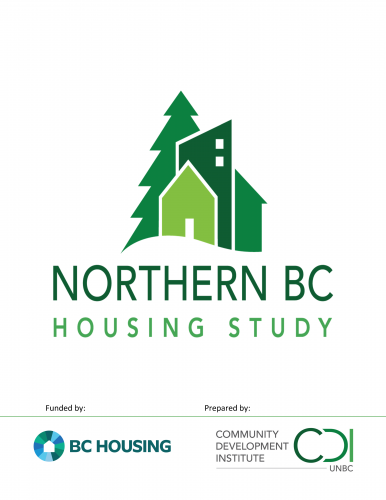In 2012, the Community Development Institute (CDI) at UNBC conducted a survey of seniors needs in Clearwater, BC, which indicated that, a large proportion of older community members struggle with mobility. This was particularly significant given that community is also developing a rapidly increasing population of older adults.
Between 2001 and 2011, Clearwater experienced a 53% increase in residents aged 65 years and older. While the particulars of the aforementioned mobility challenges were unclear, health research have establish a definitive relationship between seniors’ mobility and their health, wellbeing, social engagement, independence, and level of physical activity.
After the exploration into seniors needs in 2012, Clearwater made a commitment to becoming an age friendly community, and in early 2013 this project, called From Front Door to Grocery Store: Getting Seniors Where They Want to be in Clearwater, was initiated to explore dimensions of seniors mobility in Clearwater.
Led by the CDI, this project partners with the District of Clearwater, local seniors and older adults, and the Age Friendly Advisory Committee (made up of representatives from Evergreen Housing Society, Friendly Club, Interior Health Authority, the local business community, the Wells Gray Country Seniors Society, Wells Gray Country Services, and YCS Community Services). The project is primarily funded by a Community Health Research Grant that the CDI received from the Vancouver Foundation.
The CDI took the lead on this project in Clearwater as a result of its longstanding relationship with the community. From Clearwater’s incorporation in 2007, to the development of a Community Economic Plan in 2011, the CDI has helped Clearwater through a gradual process of community and economic transformation, by facilitating community development projects; these projects helped Clearwater to develop a vision for the community’s future, and to realize many of their goals.

